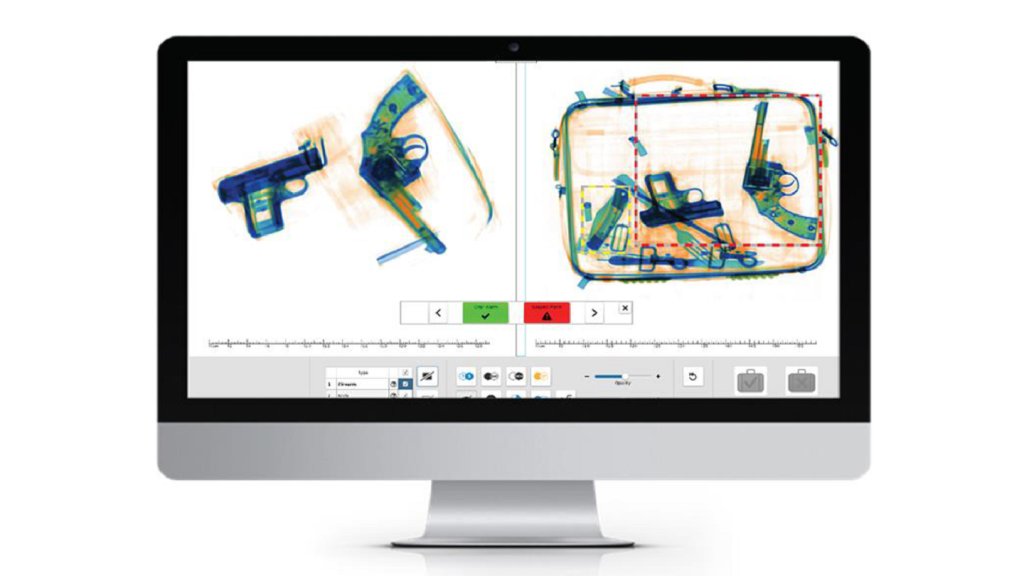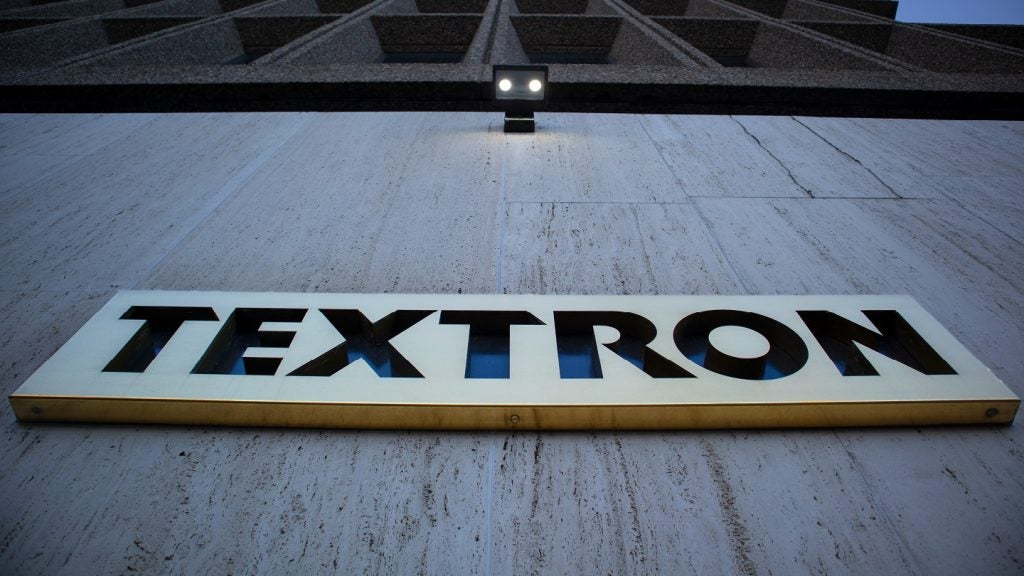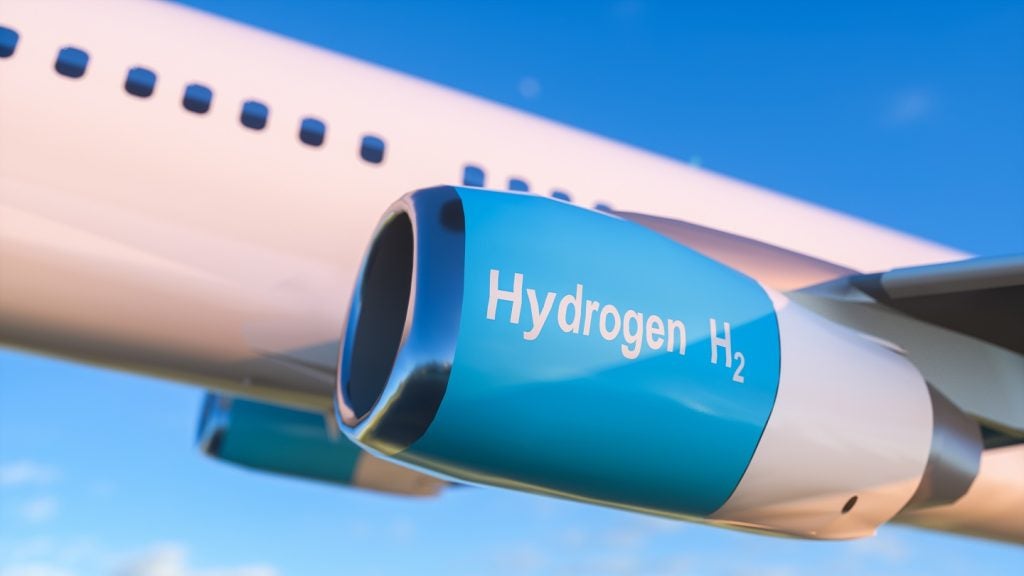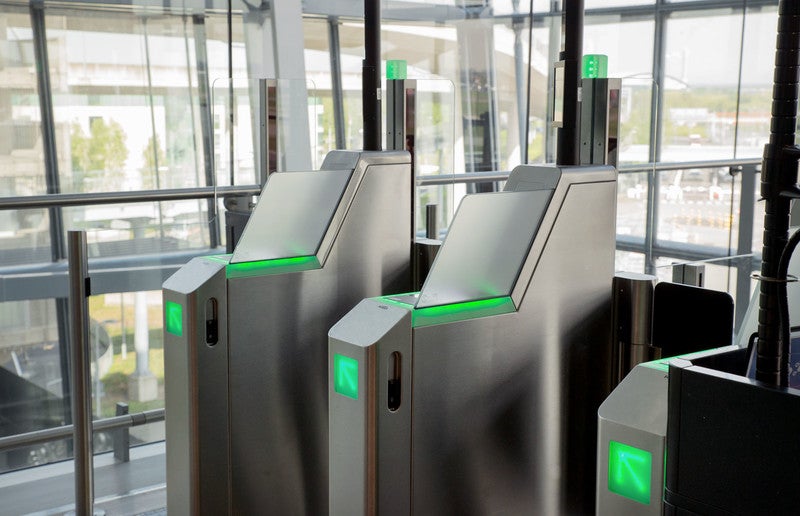
Taking Flight with AI: How Artificial Intelligence is Transforming Airport Security
Over the last two decades, airports worldwide have significantly ramped up security in response to emerging threats. Meanwhile, rising passenger expectations have put pressure on major transport hubs to bolster throughput, cut queues and make the journey from entrance to departure gate as seamless as possible. How can these two objectives be squared?
For a number of governments and aviation hubs around the world, artificial intelligence could be the answer. Earlier this year, the UK Government invested £1.8m into the development of new AI systems to boost security and alleviate wait times across some of the country’s busiest airports.
How well do you really know your competitors?
Access the most comprehensive Company Profiles on the market, powered by GlobalData. Save hours of research. Gain competitive edge.

Thank you!
Your download email will arrive shortly
Not ready to buy yet? Download a free sample
We are confident about the unique quality of our Company Profiles. However, we want you to make the most beneficial decision for your business, so we offer a free sample that you can download by submitting the below form
By GlobalDataThe US Transportation Security Administration has recently introduced new computed tomography (CT) scanners, which use AI to help target threats, at Los Angeles International Airport, John F. Kennedy and Phoenix airports.
AI is popping up across the entire aviation spectrum, from self-service check-in robots to facial recognition checks at customs. An online YouGov poll found that around 68% of UK-based passengers would welcome more AI solutions at airports. But when it comes to speeding up the cautious process of airport security, could it be an effective solution?
Security scanners and machine learning
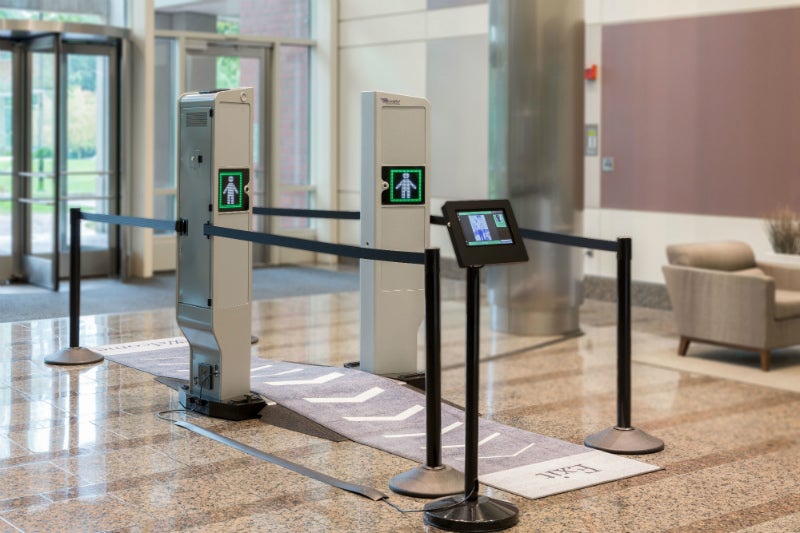
Image Credit: Evolv Technology.
Crucially, AI systems improve as more and more information is fed into them. In the case of airport security, machine learning can be used to analyse data and identify threats faster than a human could. Items that previously needed to be scanned separately, such as laptops, can be kept in passenger luggage as they pass through security checkpoints.
“AI enables us to do things today that we couldn’t do even five years ago,” says Evolv Technology CEO Michael Ellenbogen. “It enables us to train the computer in ways that we couldn’t before. You throw a lot of data at it and you use that data to train a model to recognise objects or signals of interest.”
In addition to checkpoints, AI could sharpen up security at the landside area of airports. The Evolv Edge system uses a combination of camera, facial recognition and millimetre-wave technologies to scan people walking through a portable security gate. Machine learning techniques are used to automatically analyse data for threats, including explosives and firearms, while ignoring non-dangerous items – for example keys and belt buckles – users may be carrying.
According to Evolv, up to 900 people can pass through the security gate in an hour, making it significantly faster than conventional X-ray scanners. Edge has been deployed to screen employees at Oakland International Airport in the US, and is set to be launched at another unnamed major international airport in the country to scan passengers at landside.
Ellenbogen says the industry has been training computers to pull out threat information for decades, but up until the last five years, ‘conventional computer vision techniques’ have had limited functionality when it comes to analysing images. However, recent breakthroughs in neural networks – frameworks for machine learning algorithms that power AI – and high-capacity computer chips have allowed AI systems to flourish.
“In the security environment, we can put systems in the field with a certain level of capability, and continuously collect data from those systems,” says Ellenbogen. “We can then use that data to further train our algorithms, which makes them that much smarter.”
Biometrics for airport security
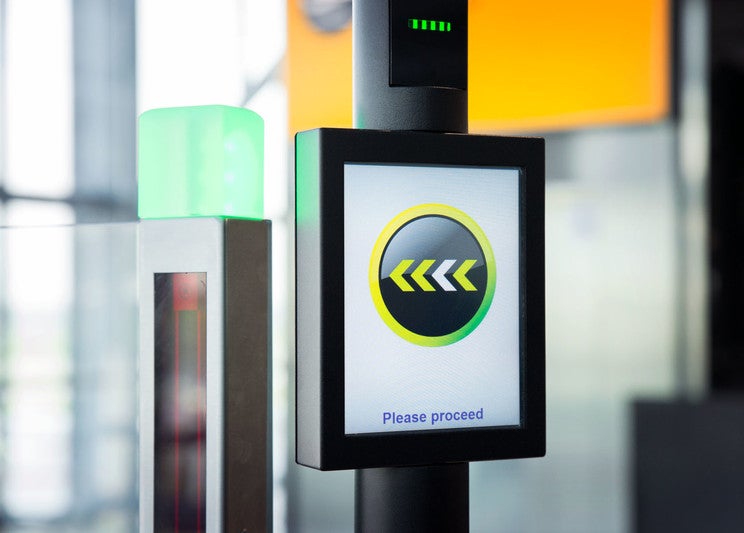
Image Credit: Heathrow Airport.
One increasingly visible security concept, which goes hand in glove with AI, is biometrics.
Earlier this year, tech specialist SITA reported that 77% of airports were planning major programmes in biometric ID management over the next five years. A mainstay in this field is facial recognition, which is already being used to scan passengers as they pass through customs at a number of major airports.
At the time of writing, Hartsfield-Jackson Airport is in the process of launching its first biometric terminal in the US. Willing participants can use facial recognition scanners at self-service kiosks, TSA checkpoints and boarding gates. Fingerprinting, facial recognition and retinal scans are expected to become increasingly used for security purposes at airports.
Meanwhile, tests are ongoing in behavioural biometrics. Researchers at the UK’s University of Manchester recently developed an AI system able to measure a human’s individual gait or walking pattern when they step on a pressure pad.
“Each human has approximately 24 different factors and movements when walking, resulting in every individual person having a unique, singular walking pattern,” said Omar Costilla Reyes, a researcher from Manchester’s School of Electrical and Electronic Engineering, in a university press release.
Elsewhere, the recently launched, EU-funded iBrderCtrl project involves the trial of an AI programme to speed up border crossings. The solution consists of a virtual border guard asking passengers questions such as “What’s in your suitcase”, while a webcam analyses their facial expressions. If the passenger is deemed to be lying, further biometric information is taken before they are passed on to a human officer for review.
A key concern over the use of these technologies is accuracy, given that previous studies have identified unintentional biases in these systems. Early testing of iBrderCtrl showed that it only had a 76% success rate, but one of the technology’s project coordinators told New Scientist that this could be bumped up to 85%.
“In my opinion, the jury is still out on the basic science behind detecting abnormal behaviour as an indication of mal-intent, and using cameras and AI to do that,” says Ellenbogen.
AI at airports: planning for the future
When it comes to boosting security throughput, the question remains about whether investment in AI security scanners will be worth it. The TSA has come under fire for previously failed investments in scanner technology. A 2015 Politico article revealed that the organisation had spent $160m on body scanners, many of which had missed airport security threats during undercover testing.
Another issue has come from privacy advocates, who remain concerned about the accuracy of biometrics and the potential misuse of information collected.
“Face recognition is a tool, and like any other tool, when used in the right way it can be used to great effect; if used in the wrong way, it can be inappropriate,” says Ellenbogen. “If our customers have a watch list, we can put that in the system so the security folks know ahead of time if somebody’s a person of concern. That’s different from trying to identify everyone who’s walking through.”
There are challenges ahead for AI in the airport security space, but a clear appetite for the technology has been established. Ellenbogen says that technology is being refined, and that as it improves further, systems will become more cost-effective. Where human staff are concerned, they will always be ‘part of the loop’ to deal with edge cases, such as someone leaving a gun in a bag.
“The better the neural networks and the chips get, the smarter the system becomes and there’s more and more power available, which allows the neural networks to have more layers and have more intelligence in them, so it’s kind of a self-perpetuating cycle,” he says.
“The better the systems are at focusing the human effort on areas of real concern, the smoother the entire process will go. If 99.99% of people, bags and cargo are automatically cleared by really smart systems and we’re focusing our human effort on the very small percentage of potential threats and those edge cases, then the entire process is going to get smoother for everybody.”





